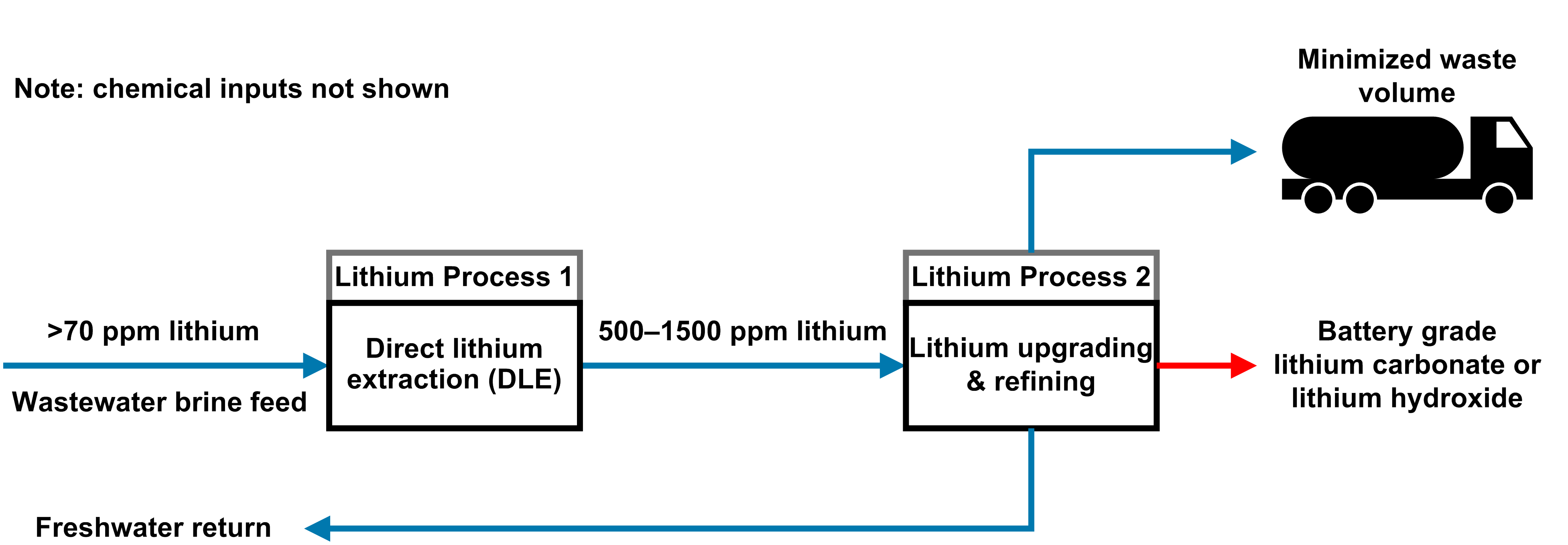
Saltworks has successfully produced battery-grade lithium hydroxide from industrial wastewater.
Economically extracting battery-grade lithium has previously been challenging but Saltworks’ core technologies offer advantages in processing low quality lithium chloride solutions, derived from clients’ wastewater using Direct Lithium Extraction (DLE), into high quality battery-grade lithium carbonate or lithium hydroxide solids.
Harvesting lithium from wastewater involves DLE and lithium upgrading and refining. DLE is where the lithium is absorbed and desorbed onto a material using chemical processes, ultimately producing a lithium chloride solution of low quality, but with ten times higher lithium concentration than the original wastewater. During the upgrading and refining process, low quality lithium chloride solution is processed into high quality battery grade lithium carbonate or lithium hydroxide.
Joshua Zoshi, Saltworks’ COO, said: “Battery-grade lithium solids are projected to be in short supply as the world’s energy economy turns to lithium-ion batteries for transport, grid storage, and more. Today’s announcement is an important milestone—our process opens the door to industrial wastewater becoming a viable source of battery-grade lithium.”





